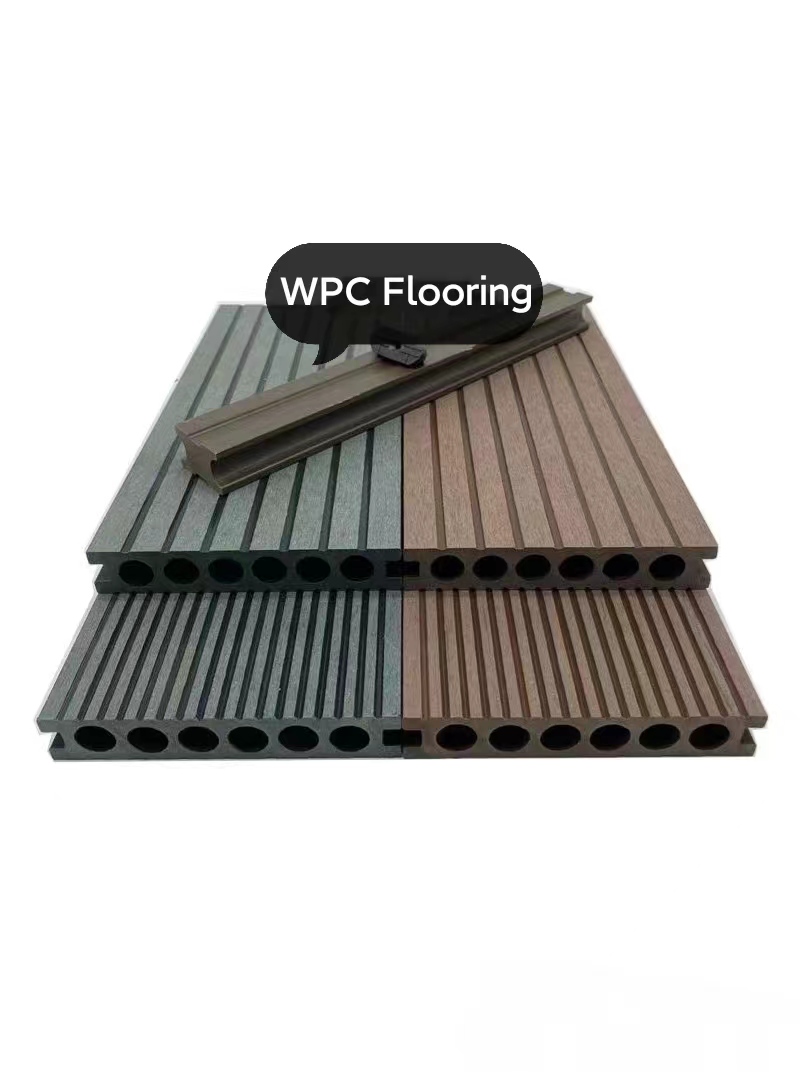What are the differences in SPC /WPC /LVT flooring
Mar. 15, 2024
Many customers are confused about the differences between SPC , WPC and LVT flooring
To clarify what SPC,WPC and LVT flooring are, we need to start with PVC flooring. The so-called PVC flooring, commonly known as stone plastic flooring, is a general term. Floors made from polyvinyl chloride can generally be referred to as PVC flooring. New types of flooring such as SPC,WPC and LVT actually belong to the category of PVC flooring. They only add different other materials, forming independent subcategories.
SPC flooring belongs to rigid plastic flooring and can also bend, but compared to LVT flooring, it has much less curvature. Its common name is Stone Crystal Flooring, which is also known as Stone Plastic Flooring or Plastic Stone Flooring in Hong Kong and Taiwan. Apart from Europe and America, Southeast Asia is one of the regions where SPC flooring is most commonly used because it not only has high appearance, but also excellent waterproof and moisture-proof performance, which is lower in cost than laying tiles and saves laying time.

WPC flooring belongs to semi rigid sheet plastic flooring, commonly known as wood plastic flooring, because WPC flooring adds wood powder, it is called wood plastic flooring. Some now have no wood fibers at all and can be fully understood as plastic flooring.

LVT flooring, also known as Glue Down Vinyl or Vinyl Tile, is a soft and flexible elastic flooring that can be professionally described as "semi-hard sheet plastic flooring". They can even be bent into rolls. The market retail price of LVT flooring ranges from tens to 200 yuan, and it was mainly used for many tooling projects before. Due to its high requirements for flooring and the need for professionals to lay it, it is usually only suitable for large-scale laying from a cost perspective.

The main material of SPC is 25% polyvinyl chloride+75% calcium carbonate powder, which is a hard sheet flooring material
The thickness of WPC can be above 8mm, followed by SPC flooring, which is generally 4-7mm, followed by LVT, which is generally not more than 5mm, and PVC conventional is 2MM or 3MM:






